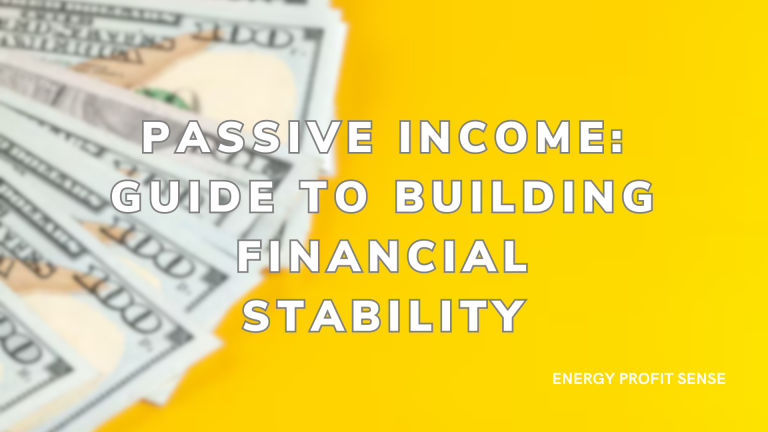PayPal is a significant player in the online payment industry, revolutionizing how individuals and businesses conduct financial transactions on the internet. The company has evolved dramatically over the years to become a leader in digital payments.
A Brief History of PayPal
Founded in December 1998 by Max Levchin, Peter Thiel, and Luke Nosek as Confinity, the company initially focused on software for securing mobile devices. In March 2000, Confinity merged with X.com, an online payment company founded by Elon Musk. Shortly after the merger, the company was rebranded as PayPal to better reflect its core business.
PayPal gained popularity due to its convenient platform that allows secure and fast money transfers over the internet. The company went public on Nasdaq in 2002 and was subsequently acquired by eBay, which significantly expanded its reach. In 2015, PayPal once again became an independent company, separating from eBay.
PayPal’s Stock Symbol and Listing
PayPal Holdings, Inc. is listed on the Nasdaq stock exchange under the ticker symbol PYPL.
Step-by-Step Guide to Buying PayPal Stocks
Investing in PayPal stocks can be profitable, but it requires understanding several crucial steps. Here’s a detailed guide to help you through the process:
Step 1: Choose a Broker
The first step in purchasing PayPal stocks is selecting an appropriate broker. A broker is a firm or platform that facilitates stock trading on the stock exchange. When choosing a broker, consider the following aspects:
- Fees and Commissions: Different brokers charge various fees for stock trading. It’s essential to select a broker with competitive commissions.
- Trading Platform: Ensure the broker offers an intuitive and reliable trading platform that makes it easy to manage your investments.
Some brokers offering access to PYPL stocks include eToro, XTB, and Plus500.
Step 2: Register and Verify Your Account
After choosing a broker, the next step is to register on their trading platform. This process typically involves creating an account, submitting a photo ID, and completing an investor profile, where you’ll answer questions about your investment experience and objectives.
Step 3: Deposit Funds
Once your account is successfully registered and verified, you need to deposit funds to purchase stocks. Most brokers offer various deposit methods, such as bank transfers, credit/debit cards, and electronic wallets (e.g., PayPal). Processing times for deposits may vary depending on the payment method chosen.
Step 4: Purchase Stocks
With funds in your brokerage account, you can proceed to buy PayPal stocks. Search for the ticker symbol “PYPL” on the broker’s platform and specify how many shares you want to purchase. Some brokers also allow fractional share purchases if you prefer.
Step 5: Monitor Your Investment
After buying PayPal stocks, it’s crucial to regularly monitor your investment. Keep an eye on the current stock prices and stay informed about financial reports and industry news to understand the factors affecting the stock’s value.
Key Considerations When Buying PayPal Stocks
While investing in PayPal stocks can yield significant returns, it’s essential to thoroughly analyze all pros and cons before making a decision. Here are some key points to consider:
- Financial Reports: Review PayPal’s quarterly and annual reports. Focus on revenues, profits, cash flows, and debt levels.
- Analyst Opinions: Pay attention to market analysts’ opinions and recommendations. These assessments can provide valuable insights into PayPal’s future growth potential.
- Dividends: Check whether PayPal pays dividends and their amounts. Although PayPal is not known for regular dividend payments, their future policies could impact the stock’s value.
Alternative Ways to Earn with PayPal
Besides directly investing in PayPal stocks, there are other ways to earn money involving this company. Here are some options:
Investment Funds
Investment funds are professionally managed portfolios that pool capital from multiple investors to invest in various assets, such as stocks and bonds. They generally invest in a broad range of assets, reducing the risk associated with investing in individual stocks.
ETFs (Exchange-Traded Funds)
ETFs are funds traded on the stock exchange that track market indexes, industry sectors, commodities, or other assets. Investing in ETFs offers several advantages, including trading flexibility, low costs, and diversification. Examples of ETFs with exposure to PayPal include:
- Invesco QQQ Trust (QQQ)
- SPDR S&P 500 ETF Trust (SPY)
- Vanguard Information Technology ETF (VGT)
- iShares U.S. Technology ETF (IYW)
- ARK Fintech Innovation ETF (ARKF)
Tax Implications of PayPal Stock Gains
Earnings from stock investments, such as those from PayPal, are subject to taxation. At the end of the tax year, report your capital gains on your tax return. In Poland, for example, income from stock sales must be reported on the PIT-38 form, with a capital gains tax rate of 19%. Ensure you calculate the owed tax correctly and submit it on time. If you’re uncertain, consult a tax advisor for guidance on reporting foreign stock market gains.
Conclusion
PayPal plays a crucial role in the global digital payments market, serving millions of users worldwide. Its innovative approach to online transactions has made it one of the most popular payment methods in e-commerce. Through numerous acquisitions, such as Braintree, Venmo, iZettle, and Honey, PayPal continually expands its service portfolio, reinforcing its leadership position in the industry.
Investing in PayPal stocks can be attractive for those seeking exposure to the rapidly growing fintech sector. The company not only provides tools to facilitate everyday transactions but also focuses on innovation, introducing new solutions to meet evolving market needs.
However, remember that PayPal’s stock value can fluctuate significantly due to market conditions. General stock market trends, interest rate changes, inflation, and global economic events can all affect the stock’s price. Therefore, investing in stocks always carries a risk of capital loss.

Yaropolk Dabrowski is a distinguished energy investing editor and a prominent expert in financial topics, renowned for his keen insights and analytical approach to the complex intersections of energy markets and investment strategies. With over a decade of experience in the financial sector, Yaropolk has established himself as a thought leader, guiding investors through the intricacies of sustainable energy investments and the impact of global market trends. His expertise spans across diverse areas, including renewable energy, oil and gas, and emerging technologies, enabling him to provide nuanced perspectives that resonate within the financial community.
Recognized for his contributions to top-tier publications, including Forbes, Yaropolk’s writing blends rigorous research with accessible language, making him a sought-after commentator on financial developments. His collaborative efforts with leading investment firms and industry experts further cement his reputation as a trusted resource for investors looking to navigate the dynamic landscape of energy investment. Beyond his editorial work, Yaropolk is dedicated to educating the next generation of investors, advocating for responsible and sustainable investing practices that prioritize long-term growth and environmental stewardship.






